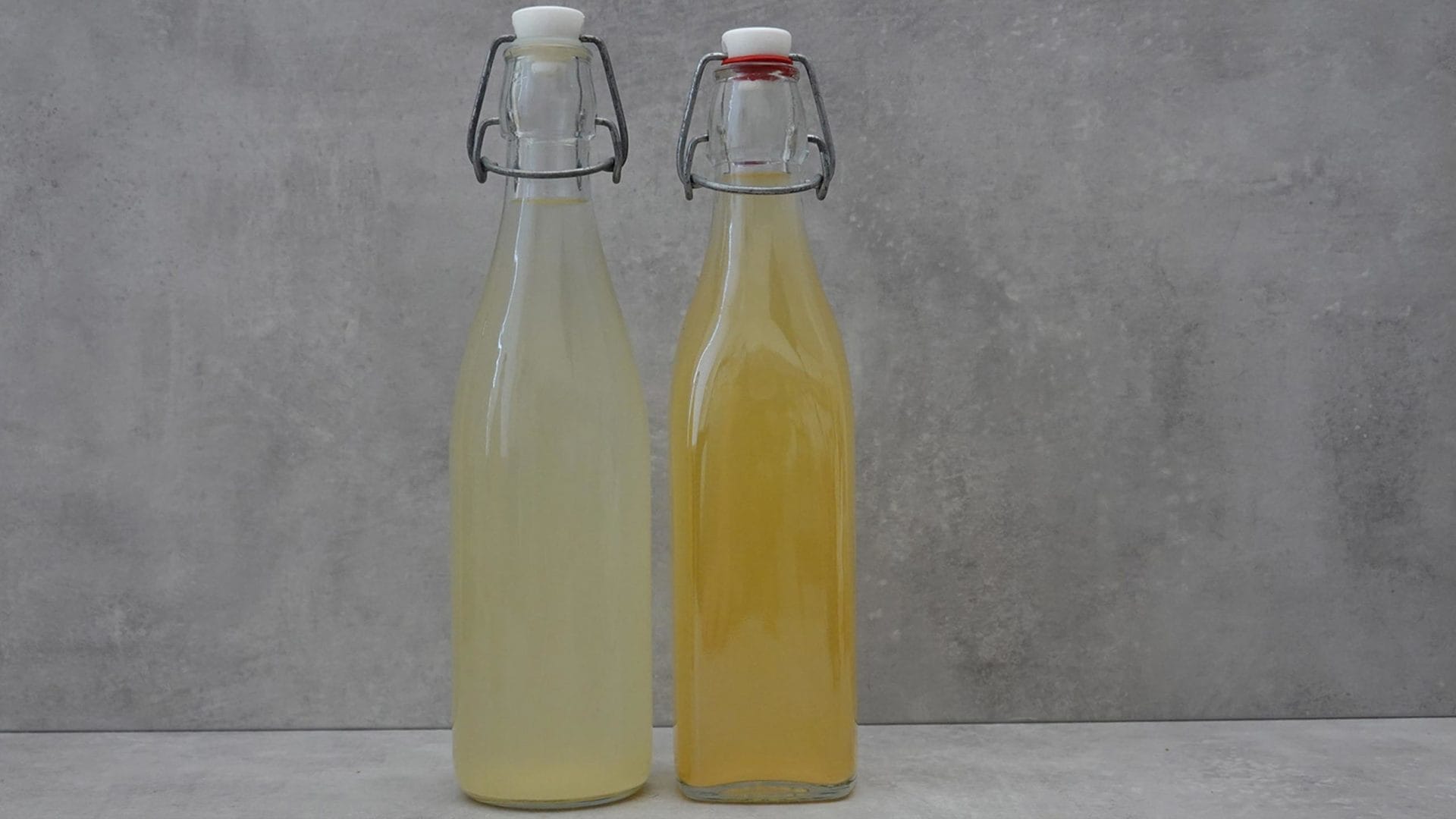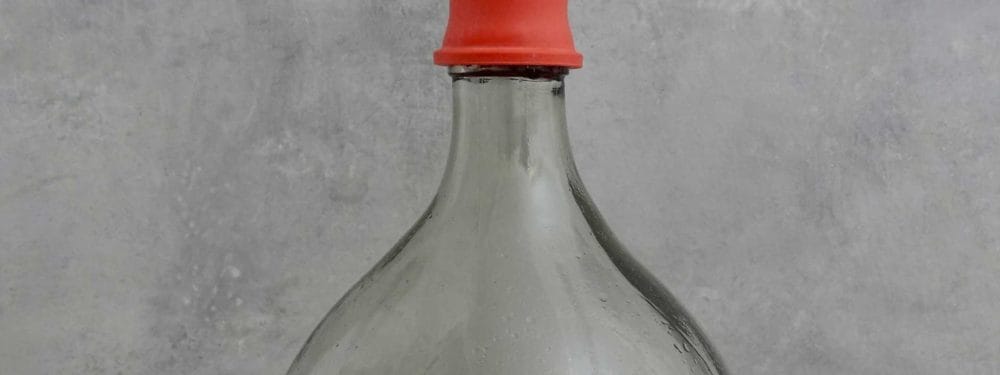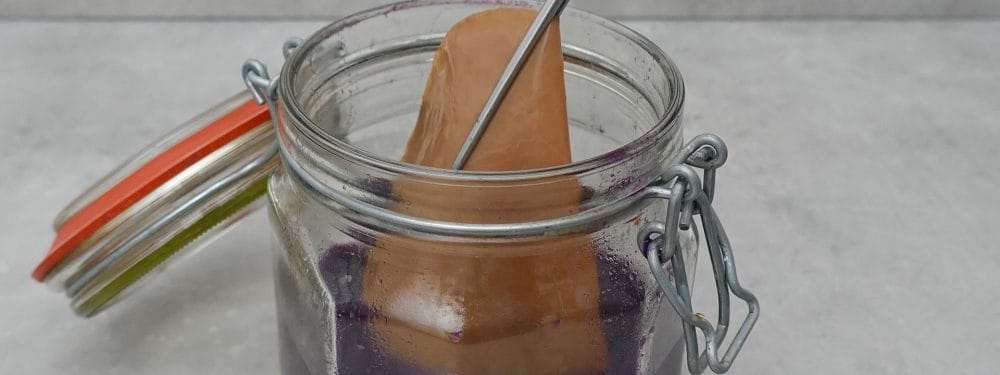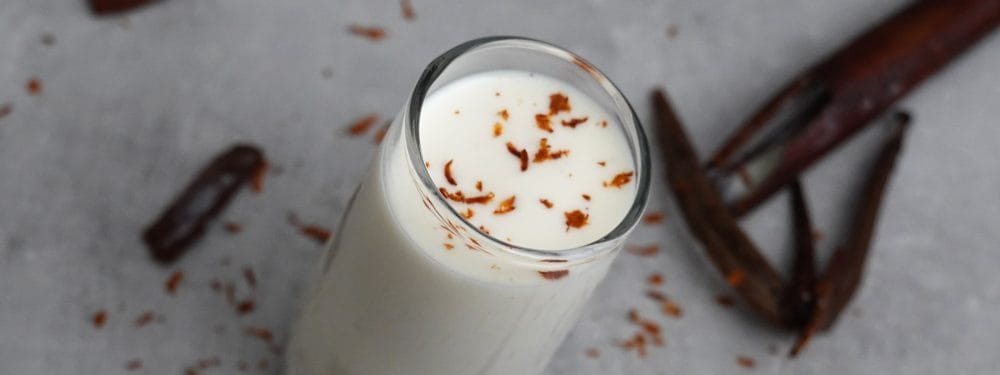Ginger beer
Healthy, flavorful drinks have done it to us since Golden Milk. But when it gets warmer, it can be a little more refreshing. We have also relied on fermentation many times and do the same for our ginger soda or ginger beer.
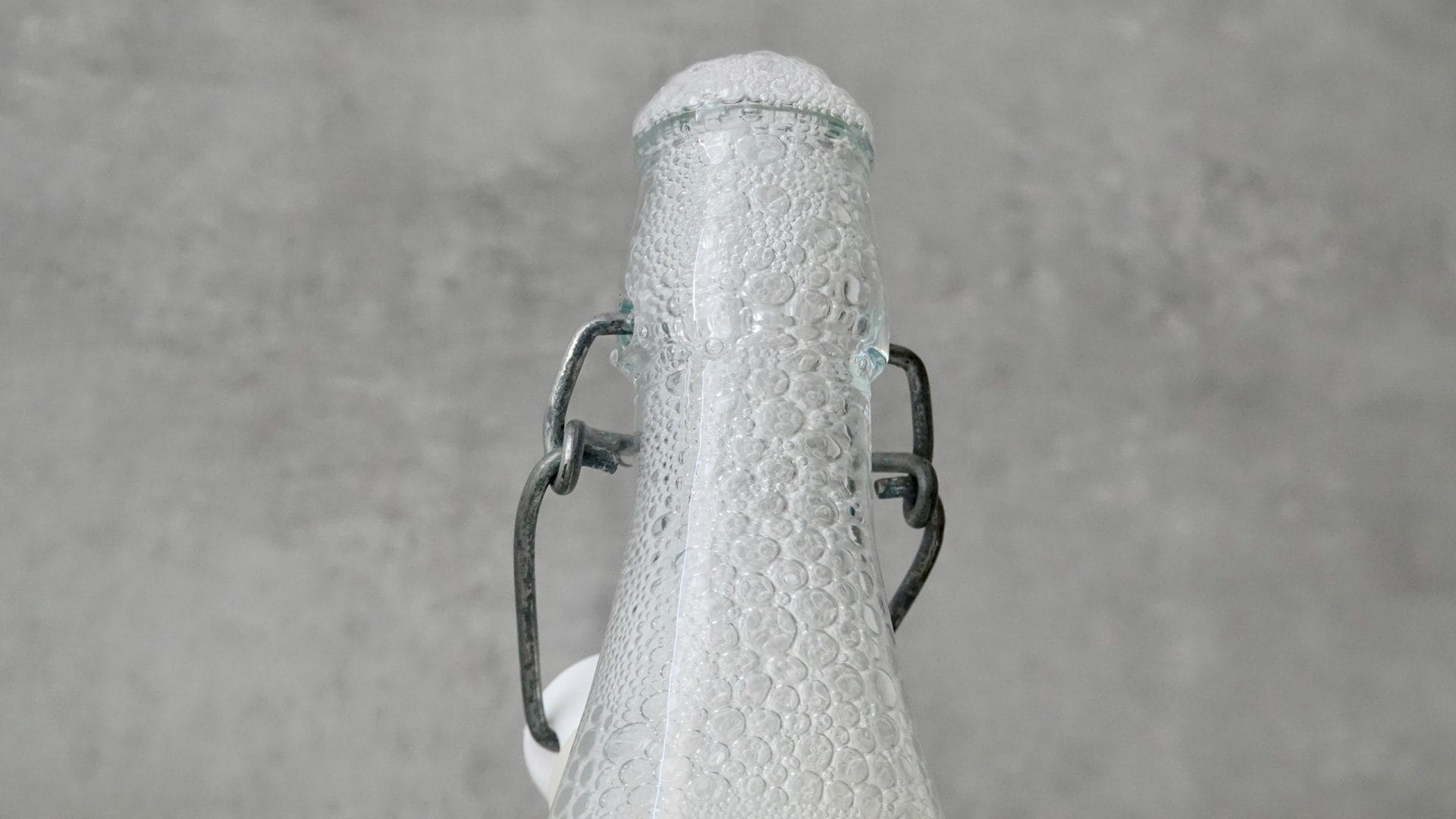
A beer for before 4
Ginger beer is not a real beer, but a lemonade based on fermentation processes, but small amounts of alcohol can be produced. Unlike ginger ale, however, it is less sweet, stronger, sharper in ginger flavor, and also naturally cloudy. Ginger Beer can be used instead of Ginger Ale for cocktails, providing more intense flavor accents.
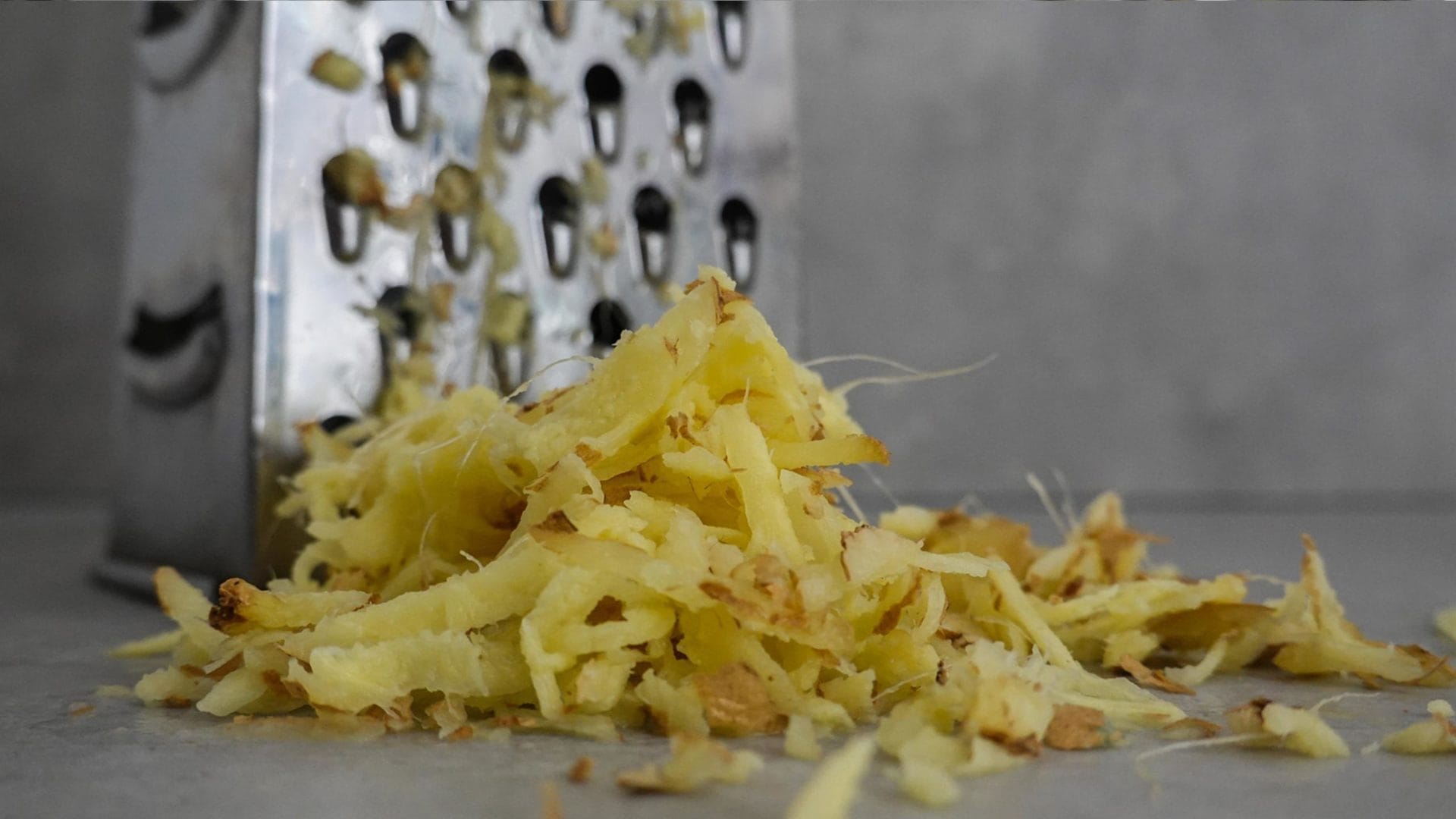
We put two versions of this ginger drink, but they are very similar. The prerequisite for our drink is a ginger bug, a mixture of ginger and sugar or honey that we ferment. For the first batch we start with brown sugar, the second with our own honey. Yes, we probably also have some honey in our heads but it’s just fun to work with and don’t worry, it doesn’t make us too sentimental. The idea is to get a honey ginger limo
This is sugar
For the first batch, we grate fresh ginger over a sharp grater. We put the resulting ginger slices in a clean jar with brown sugar and water. We continue to feed this mixture, like a kind of sourdough, for five to six days. That means we add a teaspoon of sugar and a teaspoon of freshly grated ginger every day. The jar is kept in the FoodLab at a room temperature of 18 °C-21 °C all the time. The fermentation process takes a few days to get going.

In days 6-7 we can observe a bubble formation, it is fermenting! It does not smell sour, rather sweet, intense ginger. To take our approach, the Ginger Bug one step further towards ginger beer, we put on a brew. For this we take water, ginger, lime, honey and brown sugar. We boil the water once briefly, from the limes we take the abrasion and the juice. We grate the ginger coarsely. The sugar and other ingredients are left to brew for 30 minutes, just like tea. Then we strain the resulting decoction through a sieve and add the same amount of water. This cools the brew down to about 30 °C. A good temperature to start directly the second fermentation process, too hot would die our helpers such as yeasts or bacteria. Now we add the previously fermented ginger bug, but we only take the decoction, not the fermented ginger itself. But this we can keep, continue to feed and reuse. After thoroughly mixing everything, we pour the finished broth into a large jar, cover it with a kitchen towel and leave it for two days. Then we close the jar with a lid, which thus stands for another 3-4 days in the FoodLab.
During this time, the main fermentation is underway. The duration varies, depending on the season or the ambient temperature, which strongly influences how active the bacteria and yeasts are. In this batch there is no visible fermentation, we pour the brew into swing-top bottles and leave it to ferment for a few days at room temperature. Here, it is important that we gas off the carbon dioxide (CO2) produced every day by briefly opening the bottles. Otherwise, the pressure that develops during the formation ofCO2 and carbonic acid could become too great. This would result in the bottle bursting.
Smell-taste test
Aroma
– fermented ginger, slightly sour, paired with spiciness on the nose
– light yeast aromas, but not unpleasant
– fresh and spicy
Taste
– subtle sharpness, doesn’t stay in the mouth for long, the tingling sensation is gone immediately
– slight yeast aromas, but not unpleasant
– like stale fizzy drink, due to the low carbon dioxide content
Full de honey
Correct, already in the variant with sugar in the batch, honey was added at the end, but now we start already with honey in the batch, just Voll de Honig.
For the ginger bug with honey, we also grate fresh ginger and put it with honey in a clean glass, which is filled with a little water. We feed the mixture as described above, but now with honey instead of sugar. This mixture does not get going as well as the one with sugar. This may be due to the honey on the one hand, and the temperature on the other. The approach really needs a few days longer, ten to be exact. After ten days we reached the fermentation that we had reached in the sugar batch after six days.
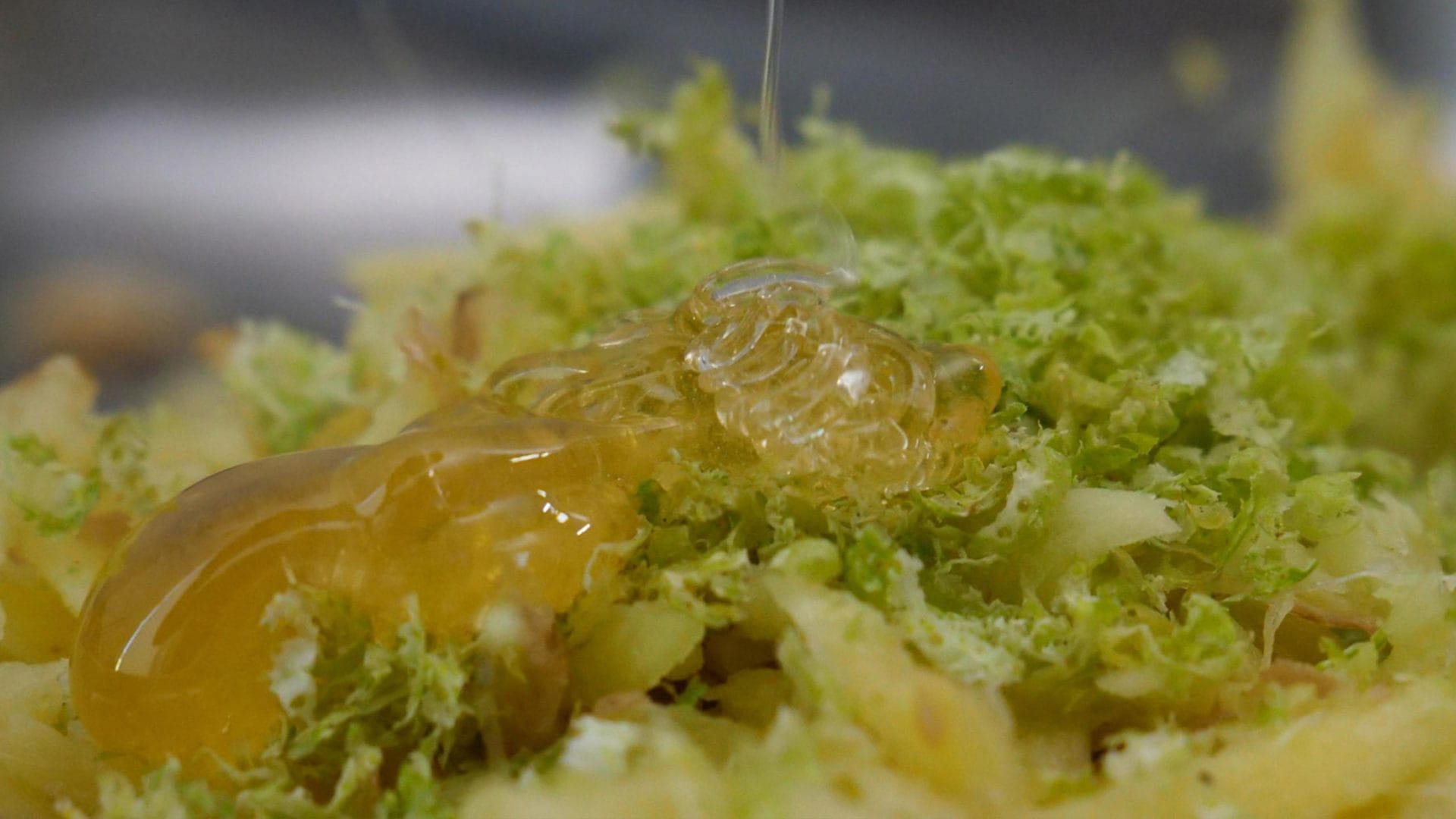
Again, we boil a “tea” of water, ginger, lime and honey, let it brew for 30 minutes, and then strain. To this “tea” comes the fermented honey-ginger bug, which smells pleasantly strong honey and slightly fermented. We stir the broth once vigorously and pour it into a large glass. This we cover with a kitchen towel. Thus, our brew stands for two days, then we close the jar with a lid and so stands another 4-5 days. There you can observe a slight fermentation. After the main fermentation we fill the ginger beer into swing-top bottles and leave them in the Food Lab for another few days. Every day, the carbon dioxide (CO2) produced is released by briefly opening the bottles. Then we put them in the refrigerator, where they continue to ferment. Caution there is a danger of explosion! Therefore, watch the bottles well or use plastic bottles.
Smell-taste test
When you open the bottle, it pops loudly and foams, as seen in our the Instagram Story.
Aroma
– no smell of ginger, not sour, no spiciness
– strong yeast aromas, yet not unpleasant
Taste
– no sharpness, stays in the mouth longer, the tingling sensation lasts longer
– resembles a wheat beer
– like a stale fizzy drink, due to the low carbon dioxide content
Ginger wheat
The ideal version is probably somewhere in the middle, or rather, as is so often the case with experimental cooking, you have to bring together your findings and your own preferences.
Mixed, our drink does very well! Summer can come quietly, we could in any case already now with our “ginger wheat” enjoyable toast.
